1. Define the major organizational hierarchy elements within the Financial Accounting module and explain the relationship between each of them.
The hierarchy, from the highest organizational unit to the lowest, is the Client, Chart of Accounts (COA), Company Code and the optional Business Areas (BA). Two other optional areas include the Dunning Area and the Credit Control Area (CCA). Credit Control Areas come above the Company Code, and Dunning Areas come below the Company Code. There is only one Client and its values are the same across all Company Codes that are attached to it. Every Company Code is a legal independent entity. Business Areas can be shared among Company Codes (many-to-many relationship) and they are used for internal reporting purposes. Each Company Code is assigned a COA. The COA may be the same for multiple Company Codes, but each Company Code may only use one COA.
2. What is the highest hierarchy level in SAP? Define this term and explain how it is used in the SAP system.
The Client is the highest level in the SAP organizational structure. Anything specified for a Client applies to all Company Codes that are attached to that Client. Clients have a one-to-many relationship with Company Codes. Clients are generally not reported on with balance sheet and P&L’s, the company codes are the legal entities and serve for this purpose. However, clients can be reported on as part of consolidation or extended G/L.
3. Explain the relationship between company code, business areas and financial statements.
A Company Code represents an independent legal entity that is required by law to issue financial statements (Balance Sheet and P&L Statement). Business Areas are defined independently of Company Codes and can be shared across Company Codes. Internal Balance Sheets and P&L Statements can be generated by Business Area though they are not required.
4. Discuss three benefits of the SAP organizational structure.
• It gives flexibility to reflect complex organizational structures
• It helps to consider future changes in the organizational structure
• It is clearly defined into logistical (sales, purchasing) and financial views (cost accounting, financial accounting).
5. Can you report on business areas across companies? If so, explain how this is accomplished conceptually in the system.
Yes, because BA’s are defined independent of company codes. They can be added to the detail of a line item in a document, thus enabling the system to keep track of business area information for reporting and controlling purposes.
6. What is a credit control area? Describe its relationship to company codes?
A credit control area (CCA) is used to set and control credit limits for customers. They include one or more company codes. There can only be one CCA per company code. Customers in several company codes can exist under several CCA’s. As part of credit management, an individual customer’s credit limit is set based on an individual credit control area or across several credit control areas.
7. The chairman of the P&W Holding Co. wants to link each of his four company codes to three dunning areas and two credit control areas. Can this be done? Why or why not?
Technically, an individual company code can only be assigned to one credit control area; however, a list of allowable credit control areas may be created. A company code can have multiple dunning areas.
8. Where does the chart of accounts fall in the FI organizational structure?
Under Client and above company code.
9. How many chart of accounts can be assigned to one company code?
Only one
10. How many company codes can be assigned to one chart of accounts?
Many
11. What is dunning?
The process of automatically notifying and requesting payment from customers with past due invoices.
12. How many dunning areas can a company code have?
Many
13. How many company codes can a dunning area have?
Many



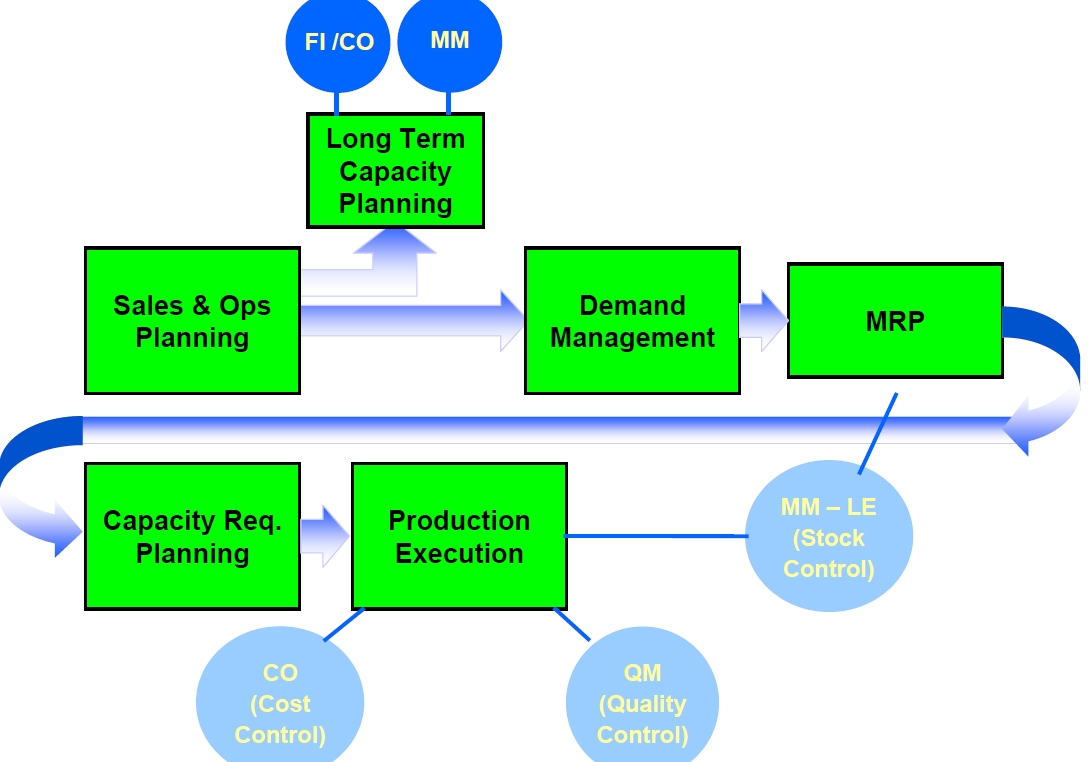
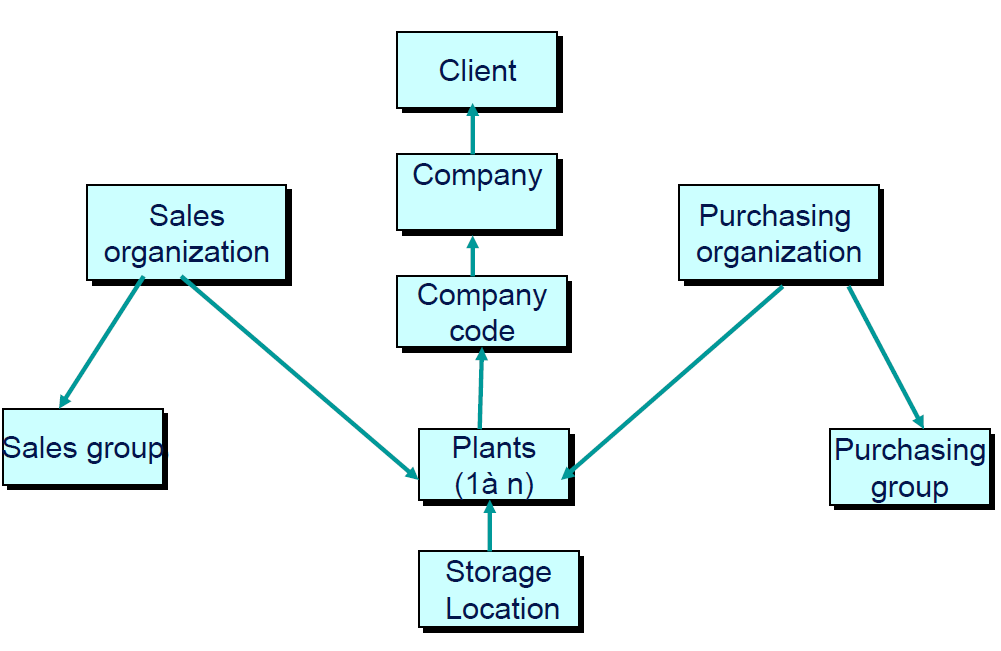
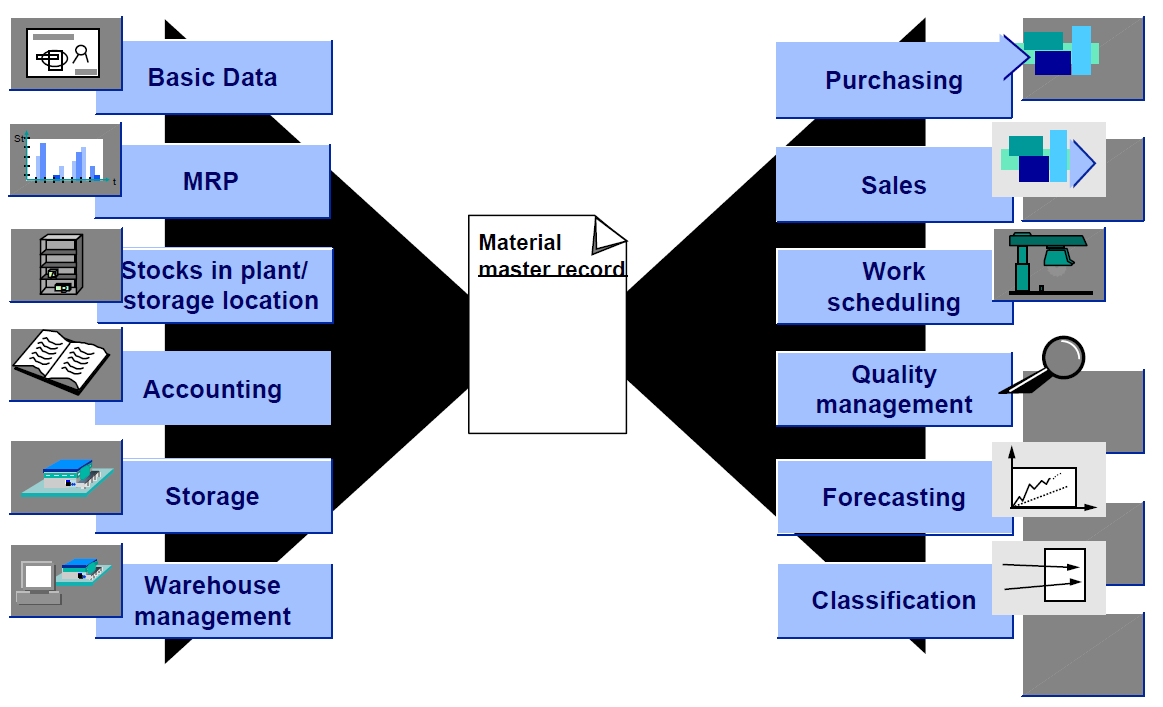
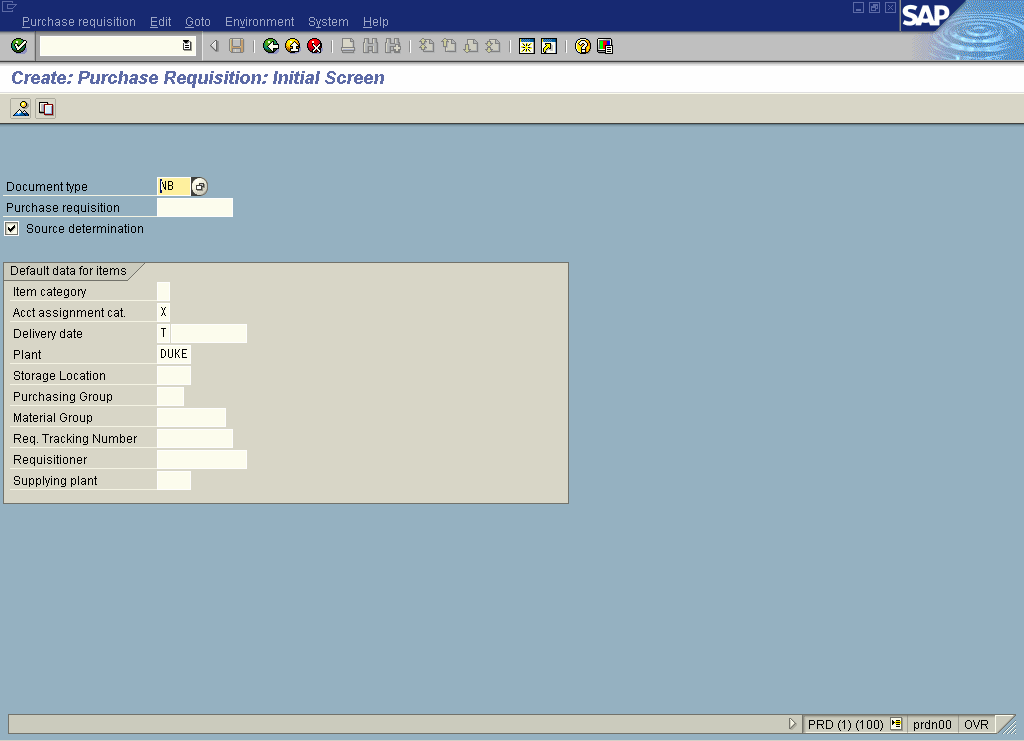
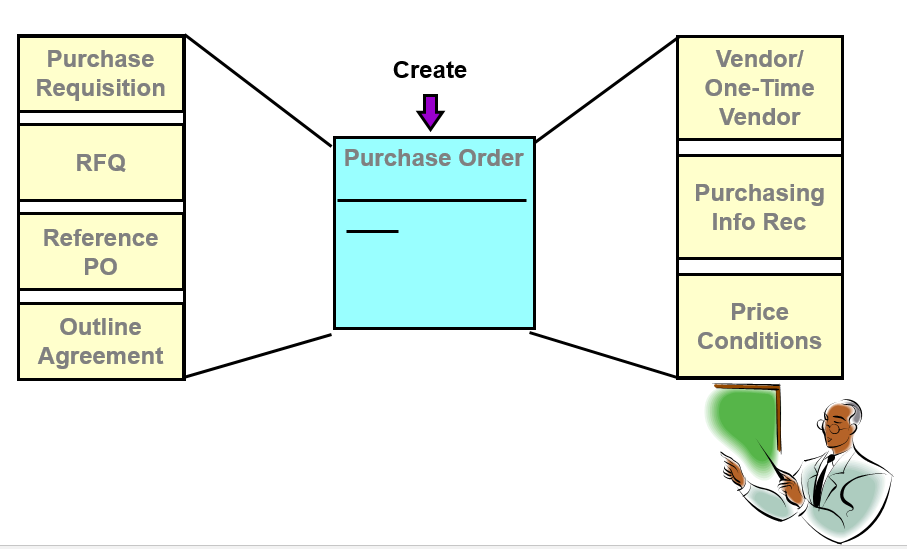
Leave a Reply